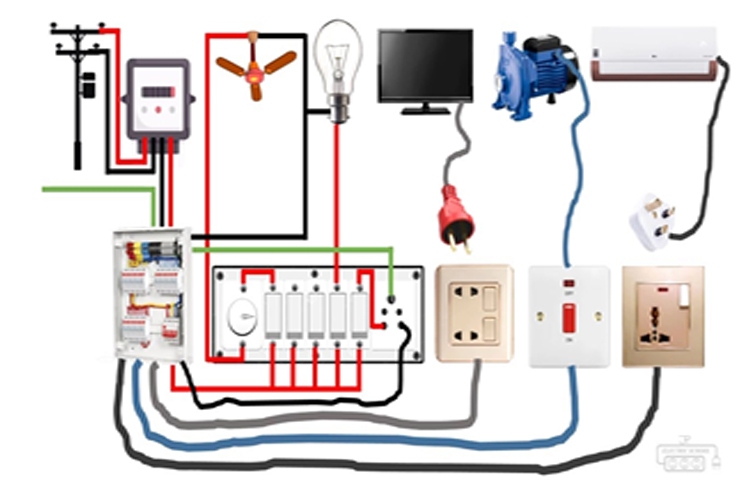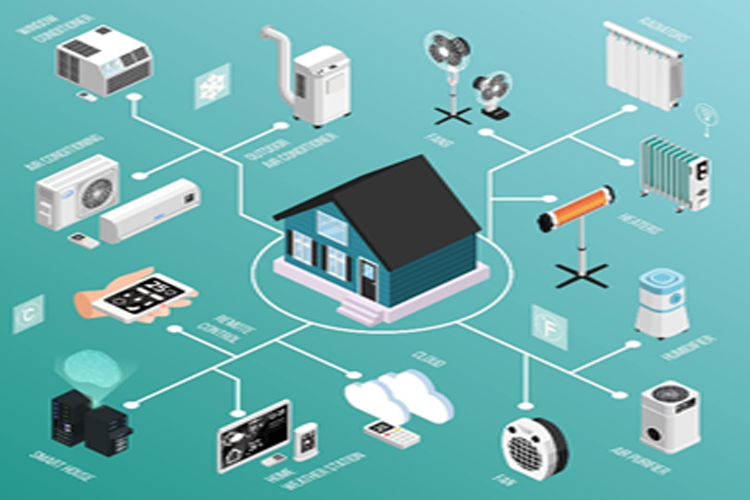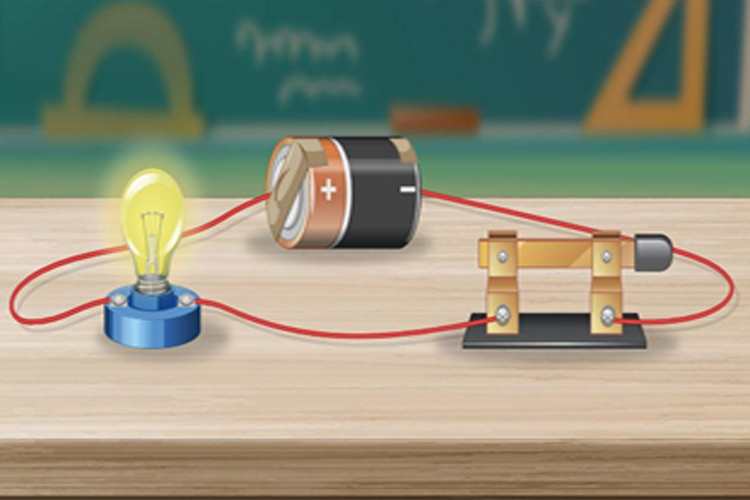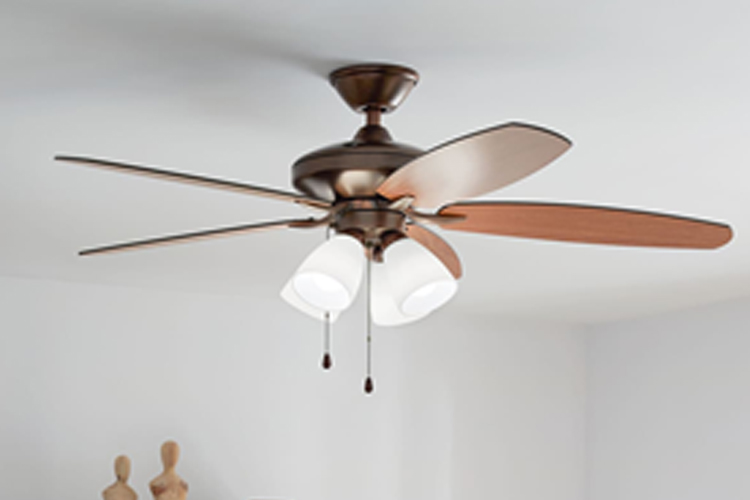Laboratory
Idea Lab
Idea Lab
About
The objective of this idea lab is to give the students a favourable atmosphere to comprehend certain crucial ideas and applications in the field of basic engineering practices across multiple disciplines. This laboratory is designed to help students become proficient in fundamental skills such as fitting, carpentry, welding, plumbing, machining, and sheet metal work, with a strong emphasis on safety, precision, and teamwork. It enables students to understand the working principles of mechanical tools, electrical wiring, and civil materials, while gaining hands-on experience in preparing joints, layouts, and small components using manual and power tools. Additionally, the lab cultivates awareness of industry standards, sustainable practices, and interdisciplinary collaboration, forming a solid foundation for higher-level technical courses and real-world problem solving.
Core Areas
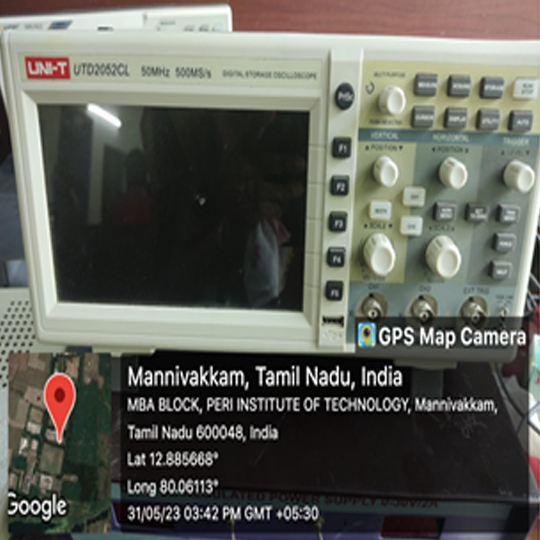
Digital Storage Oscilloscope
In an Idea Lab—where innovation, prototyping, and interdisciplinary exploration thrive—the Digital Storage Oscilloscope (DSO) serves as a powerful diagnostic and visualization tool for real-time signal analysis. It enables students and researchers to capture, store, and interpret electrical waveforms from experimental setups, such as sensor-based systems, IoT prototypes, or embedded circuits. By digitizing analog signals and offering features like triggering, autoscaling, and waveform reconstruction, the DSO helps validate design concepts, troubleshoot anomalies, and refine circuit behaviour.
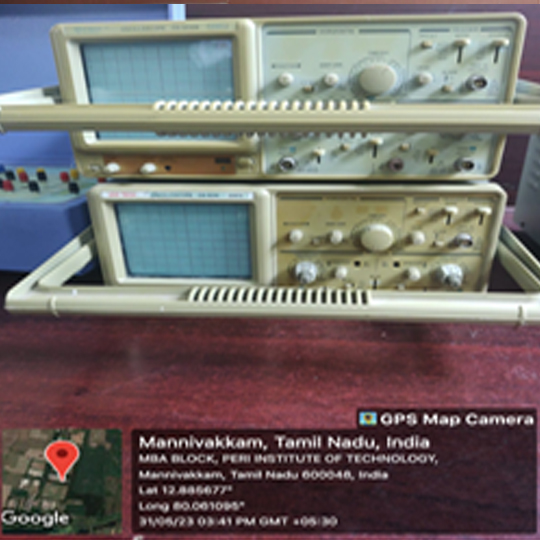
Cathode Ray Oscilloscope
In an Idea Lab—where creativity meets electronics—the Cathode Ray Oscilloscope (CRO) serves as a foundational tool for visualizing and interpreting analog signals in real time. It uses an electron beam and a phosphor screen to display voltage waveforms, allowing students and innovators to study signal amplitude, frequency, and phase relationships. By connecting experimental circuits—such as sensor modules, analog filters, or waveform generators—to the CRO, users can observe waveform distortions, timing variations, and transient behaviours.
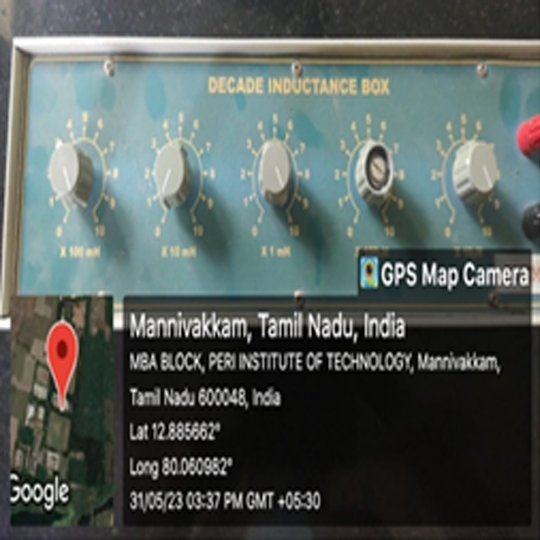
Decade Inductance Box
In an Idea Lab—where experimentation and circuit prototyping are central—the Decade Inductance Box serves as a versatile tool for simulating and adjusting inductance values with precision. It allows users to dial in specific inductance levels across a wide range, typically from microhenries to Henries, using rotary switches or slide selectors. This flexibility is crucial for designing and testing filters, tuning circuits, and validating inductive components in real time.
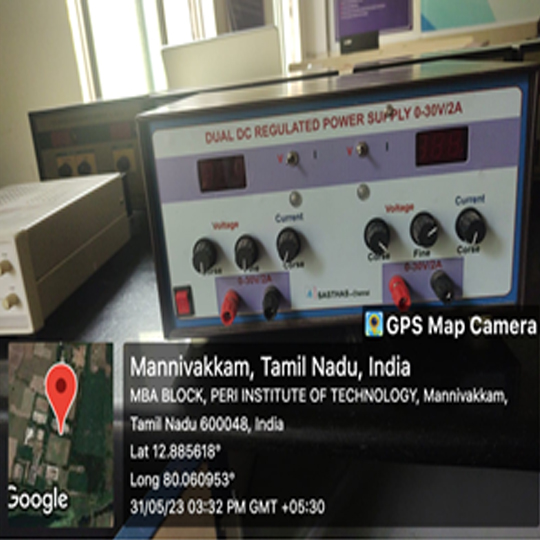
Regulated Power Supply
In an Idea Lab—where precision and adaptability are key to prototyping and experimentation—a Regulated Power Supply provides a stable and adjustable DC voltage essential for powering sensitive electronic circuits. Unlike unregulated sources, it maintains a constant output despite fluctuations in input voltage or load conditions, ensuring reliable performance for microcontrollers, sensors, and analog components. Its fine control over voltage and current enables safe testing of prototypes, calibration of devices, and simulation of real-world operating conditions. Whether used in IoT development, embedded systems, or renewable energy modules, the regulated supply acts as a backbone for consistent and repeatable results in hands-on innovation.
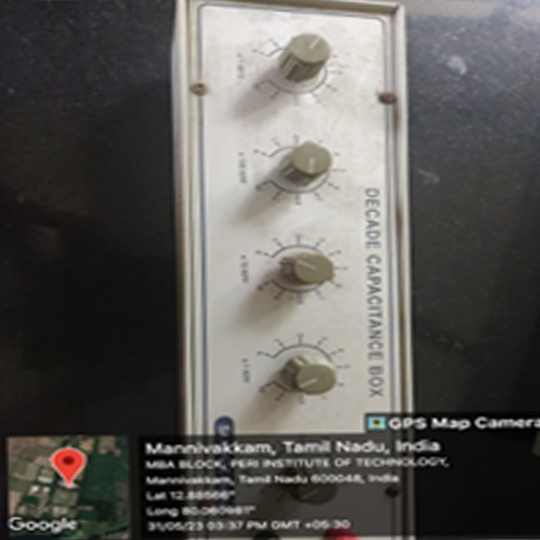
Decade Capacitance Box
In an Idea Lab—where circuit prototyping and hands-on experimentation are key—the Decade Capacitance Box provides a flexible and precise method for selecting capacitance values across a wide range. By adjusting rotary switches or slide selectors, users can simulate specific capacitance levels without swapping individual capacitors, streamlining the design and testing of analog filters, timing circuits, and sensor interfaces. This tool is especially useful for calibrating instruments, validating component behavior, and exploring the effects of capacitance in real-time applications.
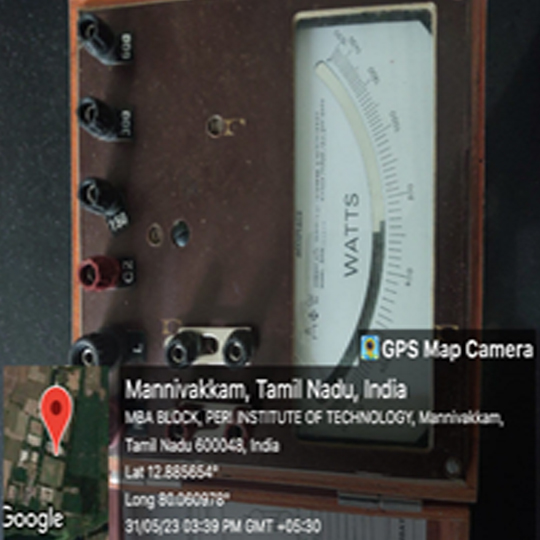
Single Phase Watt Meter
In an Idea Lab—where hands-on innovation and circuit experimentation are key—the Single-Phase Wattmeter is essential for accurately measuring real power in AC circuits. It operates by sensing both current and voltage through its current and pressure coils, producing a deflection proportional to the product of voltage, current, and the cosine of the phase angle (VIcosΦ). This allows students and researchers to evaluate power consumption in prototypes such as smart appliances, IoT devices, or energy-efficient systems.
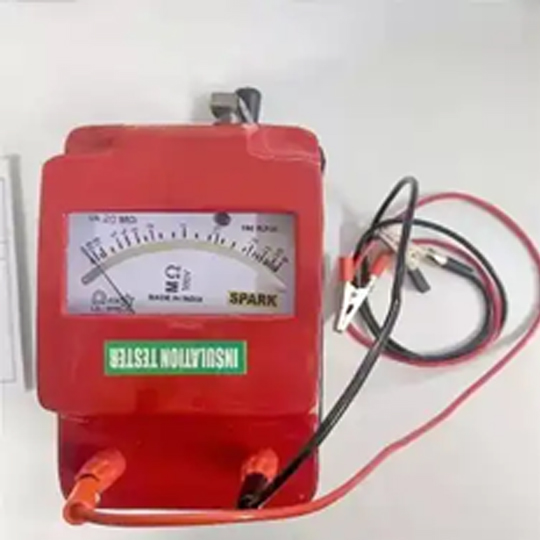
Megger
In an Idea Lab—where safety, diagnostics, and innovation converge—the Megger is a crucial instrument for testing the insulation resistance of electrical components and systems. It applies a high DC voltage across conductors to detect leakage currents, helping students and researchers assess the integrity of cables, windings, and prototype circuits. This ensures that insulation materials can withstand operational voltages without breakdown, which is vital in projects involving motors, transformers, or IoT-based devices
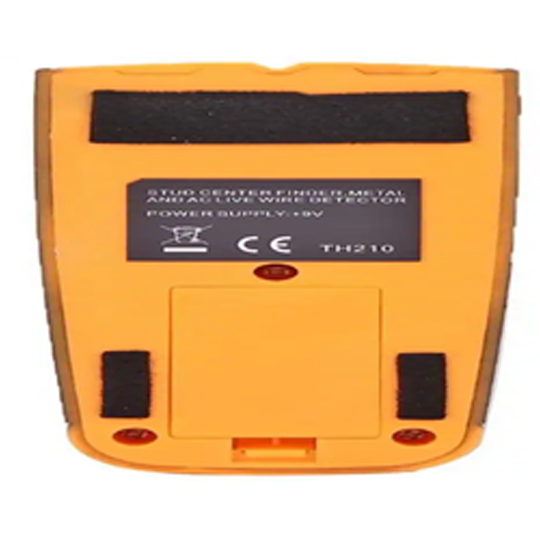
Live Wire Detector
In an Idea Lab—where safety innovation and real-world prototyping intersect—the Live Wire Detector is a critical tool for identifying the presence of energized conductors in experimental setups or renovation zones. It operates by sensing electromagnetic fields around AC live wires, alerting users through visual or audio signals when a wire is active. This is especially valuable in projects involving smart infrastructure, IoT-based monitoring, or wearable safety devices, where detecting hidden or fallen live wires can prevent electrocution and equipment damage.



